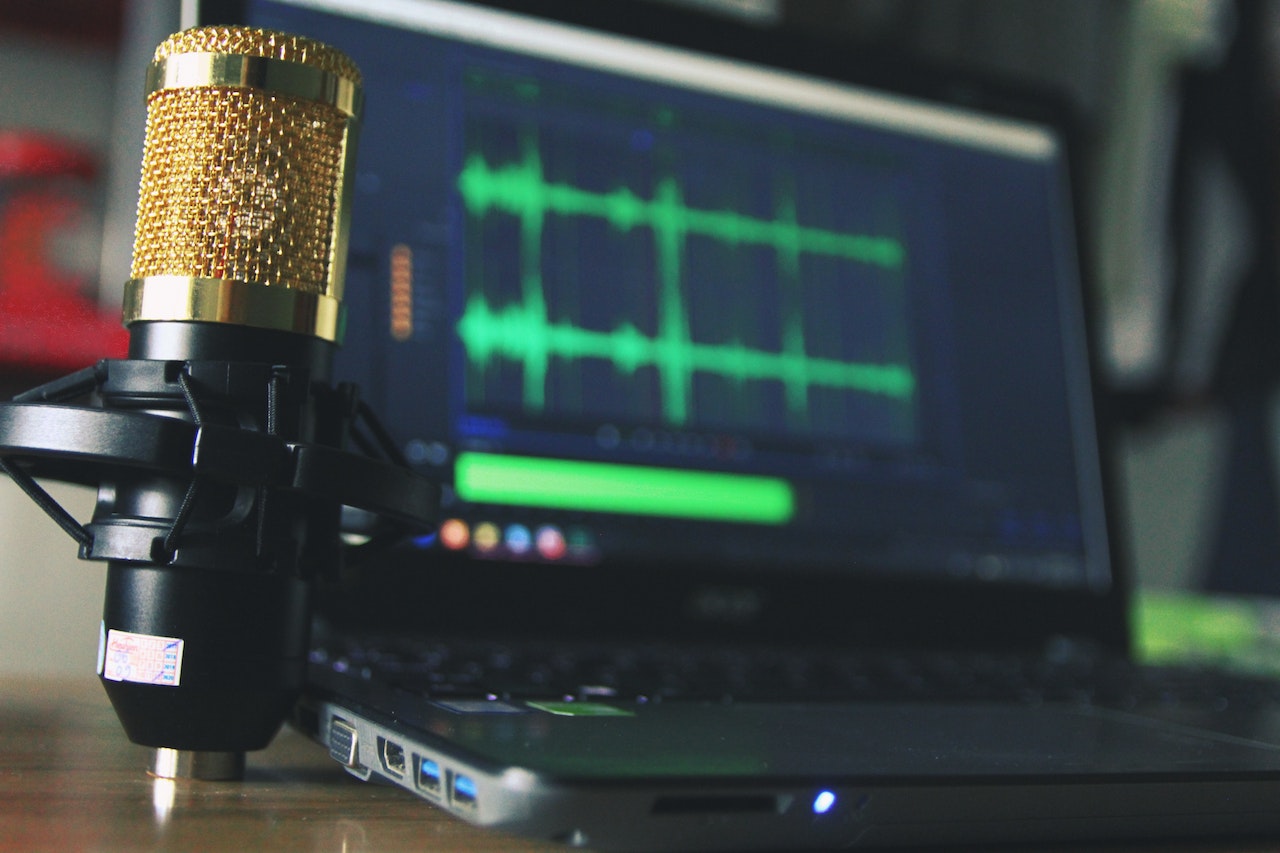When it comes to the jobs in the dubbing area, we often think to voice actors. Of course they are essentials, but a good voice-over is the result of the work of a way bigger team in which many and different professionals are involved. Writers, directors, localizators and assistants join forces to create enjoyable dialogues that are close to the target culture.
The Voice Actor
The first figure we think about when speaking of dubbing is the voice actor. They usually are actors that studied in an acting or dubbing academy and, with their voices, they give life to movies and video games characters. Recently, we had excellent video game Italian voice actors like Maurizio Merluzzo, Gianandrea Muià, Renato Novara e Gea Riva. Also, some voice actors which are famous in the animation area proved themselves with video games dubbing, like Emanuela Pacotto who voiced Ara Haan in Elsword Online.
The Dubbing Director
They are a professional figure very similar to a film director. The dubbing director studies the original work and then they choose the best voice actors for each role. They also deal with castings for the main voices, so they can distribute the best candidates for each character. Moreover, they lead the general project with their suggestions to preserve the work’s original meaning and emphasis.
The Dialogist
The dialogist translates and adapts the script to the target language. It is a very critical job since the chosen words will have to look similar to the original labial by adapting the rhythm and semantic constructions.
The Dubbing Assistant
The assistant is the one that prepares dubbing loops, which are those clips that the voice actors will dub. They also plan the whole dubbing process by deciding actors shifts and they help directors by suggesting the actors during the recordings. They are not mandatory: there are many dubbing studios that decided to not use this professional figure.
Sound Technicians, Mixers and Synchronization
There is a whole range of technical figure for the recording part. Sound Technicians record actors’ voices and regulate the sound quality. Mixers check noise levels and audio tracks. Lastly, the synchronization is the process in which a technician intervenes on pausing and words speed by utilizing advanced software.









